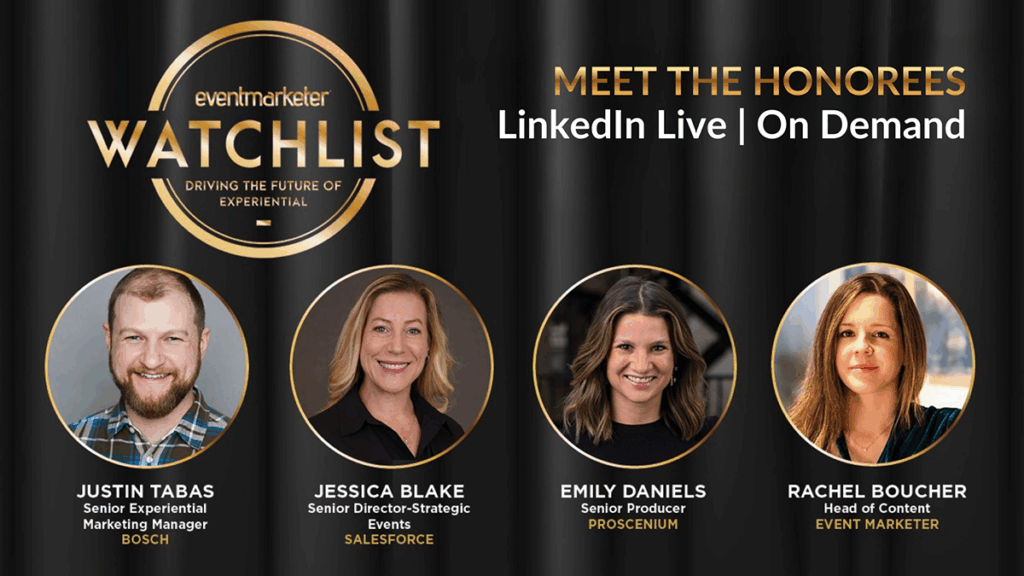By Erin McCahill
What is the key to brand success? Consider the principle of one.
If someone walks away with one message about your brand, you win. Creativity, relevance, tools, tactics and channels all matter, but every piece has to point toward one idea. Use the right message, in the right place, at the right time, and remember what the one thing you want your target audience to think or remember and the principal of one will work for you.
The one thing is a promise. When someone believes your promise, a company gets a chance to fulfill it. That’s when good branding becomes a lead.
The key itself is singular, but the idea is multi-faceted. Getting audiences to remember one thing requires that marketers create aligned multi-platform strategies and campaigns. The idea doesn’t mean marketers share the same message on all channels; they use intelligent understanding and develop multiple messages relevant to each channel in order to direct audiences toward that one idea.
How can marketers brand themselves for success?
Speak from the heart. Until marketers understand what is at the heart of their company and brand, they’re spinning their wheels and spewing gravel all over unfortunate bystanders (otherwise known as prospects). It’s basic advice, but trust me, it is really challenging to drive a brand without a map.
The best mission statements are simple, sometimes one-liners. I think it’s because they speak to employees, customers and products about the core values of the company. The worst ones try to please an executive team or a board of directors or try to be all things to all people.
 Disney, for example, exemplifies living by a mission statement. Its adherence to being one of the world’s leading providers of entertainment and information shines through in its campaigns, communications and employees and, consequently, drives results.
Disney, for example, exemplifies living by a mission statement. Its adherence to being one of the world’s leading providers of entertainment and information shines through in its campaigns, communications and employees and, consequently, drives results.
Data is your friend. Marketing is becoming ever more data-centric. When used well, data provides incredibly powerful insights into customers. It can provide great indicators for marketing that results in more relevant, personalized and targeted messages and in turn results.
The challenge is the volume of data. Marketers struggle to establish the right reports and how they map to KPIs. Turning data into tangible, actionable intelligence isn’t as simple as pie charts and numbers. Information has to be meaningful to move the needle.
In order to use data effectively, several key metrics need to be chosen and watched closely. They should fit on one single sheet of paper. All the information should be examined, but defining what matters most will allow for testing, proving what is working and improving your results short and long term.
All the data in the world matters little if it isn’t actionable. A segment of customers may prefer to receive messages at a certain time, but if that insight isn’t used to create messages for those customers at those times, so what?
The insight has done nothing but offer a glimpse into the psyche of the marketers’ customer base. To become more than an interesting anecdote, data must lead to insights, insights must be turned into actions, and the results of those actions must drive more insights.
Be human. Sure, this is a buzz phrase, but the concept encapsulates an important point: marketing requires emotional intelligence, both in the creating of messages and campaigns, but also in the interpretation of data.
Prospects and customers are not numbers; they are people just like you and me, with hopes, dreams and desires. They are motivated by messages, stories and information that are meaningful, funny or heartfelt. As marketers, the goal might be to sell, but the way to achieve that goal is by reaching people where they are and gently guiding them to a sale.
I really admire non-profits like charity: water and brands like Warby Parker who really stand out because they stand for something. They appeal to their target audiences with compelling stories and cause marketing. Two great ways to provoke action and generate brand awareness.
Listen. Marketers have to listen to what prospects and customers tell them. Branding is not a one-way street. It includes what marketers say and customers’ perceptions.
Wendy’s, the fast-food restaurant, took that lesson to heart. When the restaurant heard that its customers were worried about eating food with unknown nutritional value, it invested in an app with the relevant information and rebranded its value burger.
Listening means standing for something, but being brave enough to empower customers and employees to own some of the conversation, to be attentive to what is being said and to be responsive when there is a disconnect.
I believe most people just want to be heard. They love you when you acknowledge that you have heard them. Marketers need to hear them first, and then respond. Be seen listening and engaging. Presence means everything.
Invest in the right tools. Marketers need to invest in the right tools that will help them engage and nurture prospects and follow conversations across channels. Many times, the people comprising the marketing team each use a different set of tools and/or KPIs. It’s not only expensive to maintain, but also results in poor reporting. Google Analytics is great for some things, but more is needed. Marketing automation, for instance, makes marketers’ jobs easier, shows success earlier and helps the marketing team to align with sales and stakeholders.
I really think marketers need to keep an open mind with tools. While we may be told we need xx features, and everything else someone is selling, solutions have to 1) be easy to use, and 2) scale to evolving missions and dynamic changes in media.
So much of marketing is about customers and getting that one idea, that brand promise, into the hearts and minds of prospects and customers alike. A marketer should be focused on getting the company an opportunity to fulfill that promise, not figuring out how to make widgets work.
Solutions like automation can and should make the job simpler, they should do the hard work for you and generate leads so that you can focus on things like creating and sustaining a successful brand.
Erin McCahill is vice president of brand & creative at Vocus.



